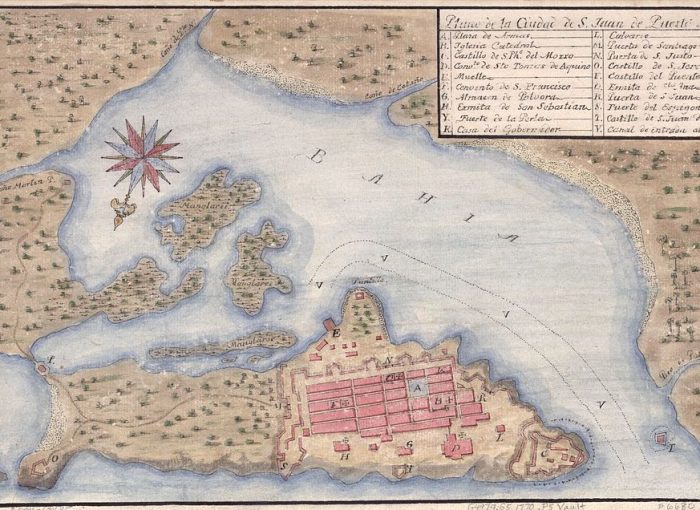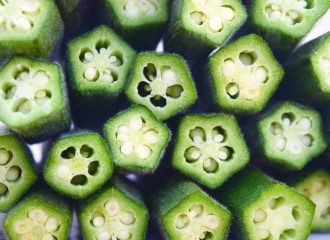Easter is on the horizon and for those who tend to calibrate their year on an academic schedule as I do, Spring break season is upon us. For many years, Spring Break meant the Caribbean and Puerto Rico has been one of my favorite islands there. At once familiar and foreign, the island can be super American or quietly rurally Hispanic. Years ago, I was fortunate to fall into a crowd of artists who showed me the Hispanic side and I amaze folks who don’t know it when I return telling them that I’ve spent a week without speaking or hearing much English. I have long loved the blue-cobblestoned streets of old San Juan and its colonial feel and delight in the Spanish elegance of the city’s upscale restaurants.
I am entranced by the African culture of Loiza Aldea and the tropical greenery of El Yunque where a friend is fortunate to have a home.
A decade or more ago, I was honored to be appointed to an advisory board for Rums of Puerto Rico. We were treated to a trip to the island where were feted well and sozzled with rum! Our days began with rum Bloody Mary’s, a wonderful discovery that I still dazzle friends with, and evenings ended with amber snifters filled with aromatic old rums.
We visited the island’s main rum factories. I marveled at the up to date complexity of the Bacardi factory where production was space-age perfection and the resulting rum made for blending or light sipping. I learned about the range of Bacardi’s rums and began my quest for a taste of their top of the line brew, Facundo. Named for the founder of the distillery, it is apparently sold only in Japan and was not even available to us at headquarters.
Outside of Ponce in the south of the island, we saw the Palo Viejo factory, another large and modern complex and were taught about the intricate task of blending rum for smoothness and consistency. We were then taken into a blending room at the Don Q factory at Seralles, given a variety of components and let loose to prepare out own blends of rum. I still have a half pint bottle with the rum I’d blended. In it, I’d evidenced by taste for the more aromatic rums distilled from sugar cane juice that are the touchstone beverages of the French Caribbean surprising my Puerto Rican hosts and beginning a dialogue about rum styles that continues until this day with some of my friends on the island.
I learned vast amounts on that trip about fusel oils and esters and the like and I also found my favorite Puerto Rican rum, one that I still bring back each time I visit the island. After touring all of the modern complexes, we pulled up to a small factory where the rooms were filled floor to ceiling with oaken barrels and the air was heady with the sweet/sour smell that combines damp floors, sugar cane bagasse, and mellowing alcohol. The rooms reminded me of wine cellars that I’d seen at wineries in Burgundy and in Champagne and the individual barrels stacked one atop the other reminded me of the soleras of Jerez de la Frontera, Spain, where sherry is mellowed. The place appealed to my ideas of the romance of rum. This was the Barrilito distillery, a small family-owned place where the original owner had made his fortune and his name by selling rum in small barrels (Barrilito). The rum, though Puerto Rican in style and perfect for blending reminded me of the rhums of the French Caribbean with its depth of flavor. It’s not always easy to obtain in the US, so whenever I’m in Viejo San Juan, I always interrupt my wanderings to take a minute and head to the grocery store for a bottle or two. Then when I’m back stateside, I can prolong my Spring Break with a Mojito or a daiquiri or even a pina colada prepared from the rum whose little barrel and big taste intrigued and delighted me so many years ago.




